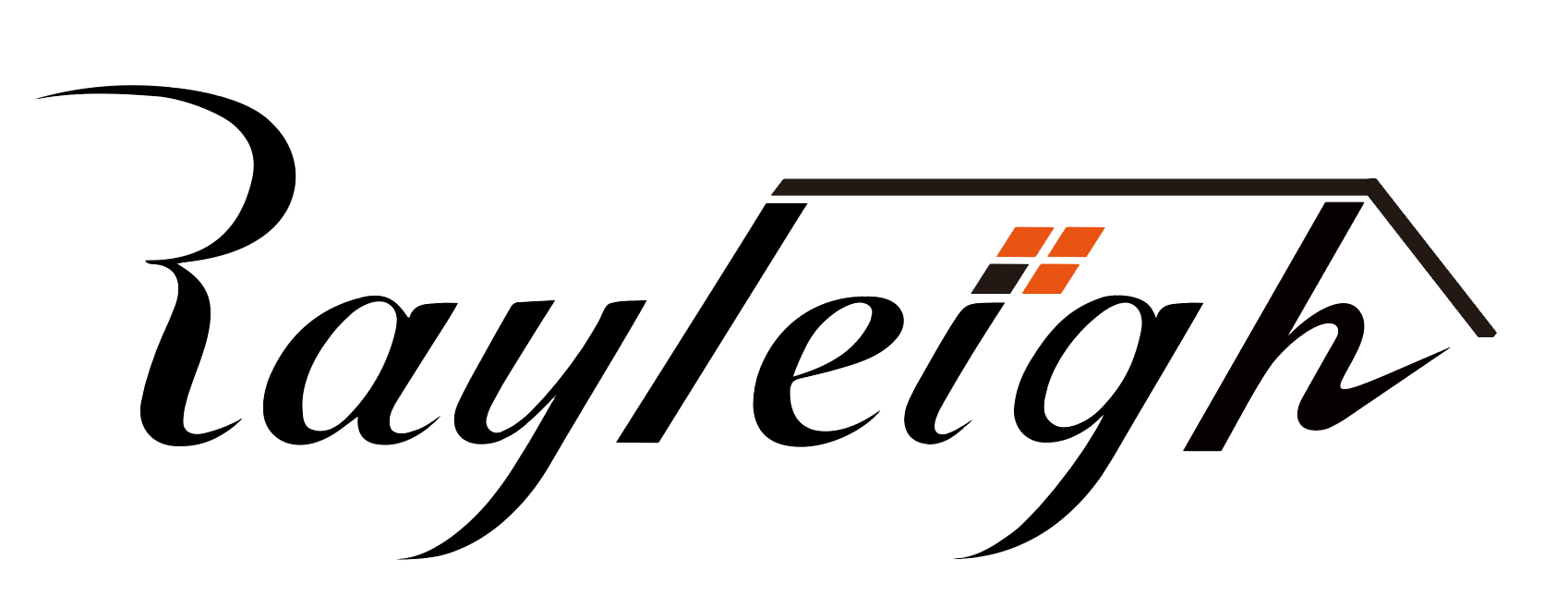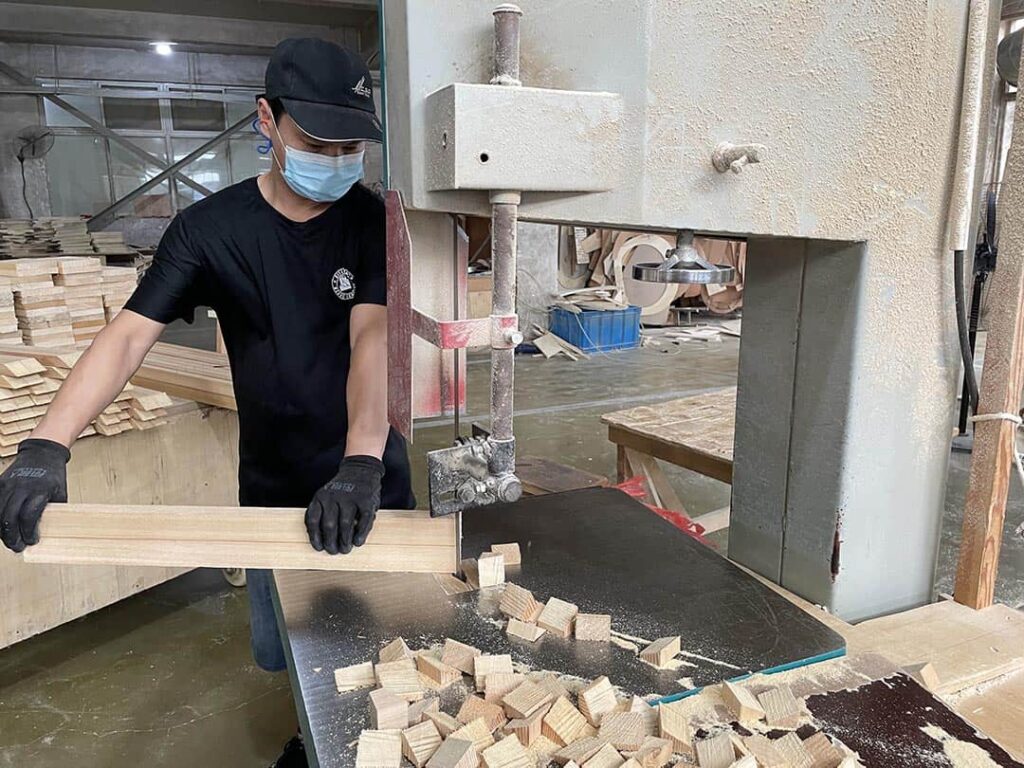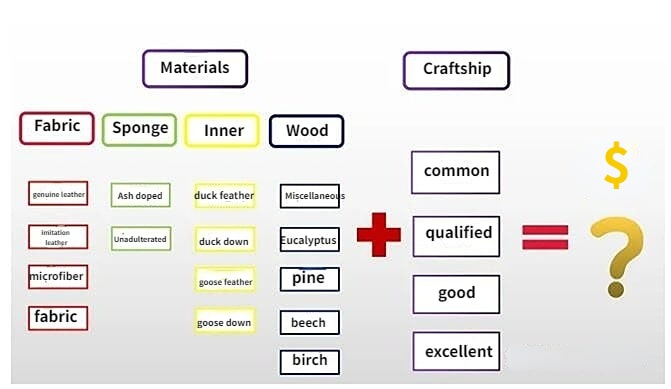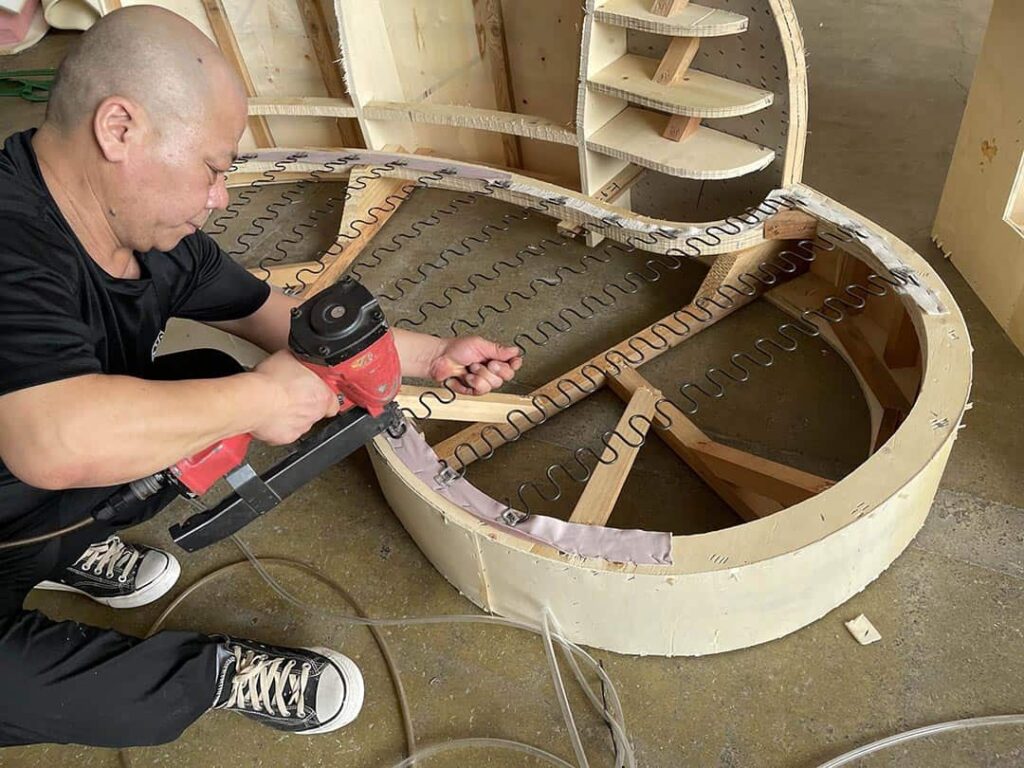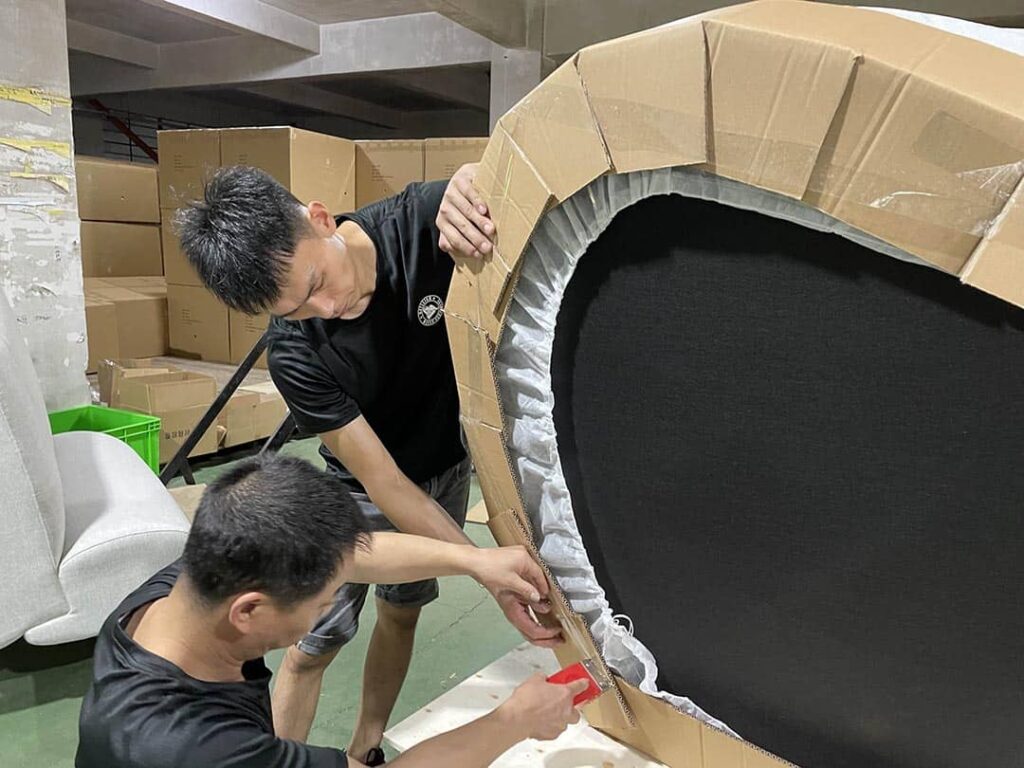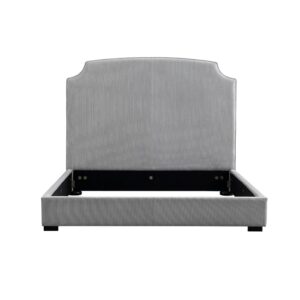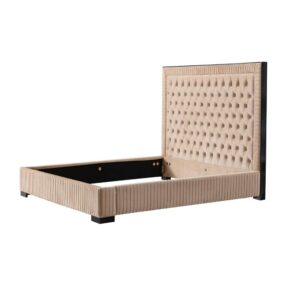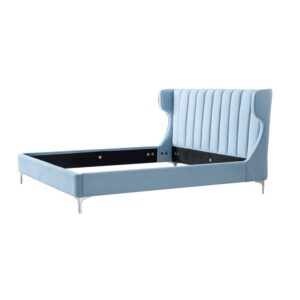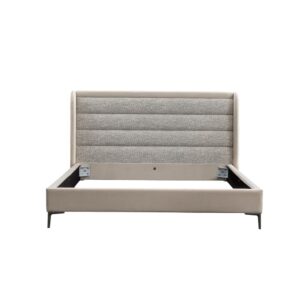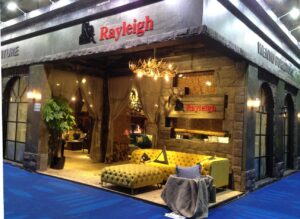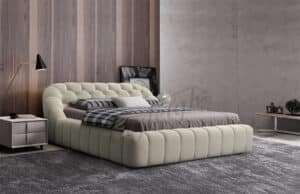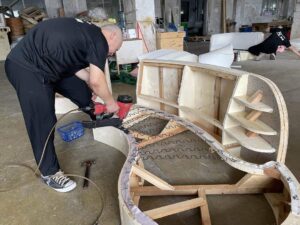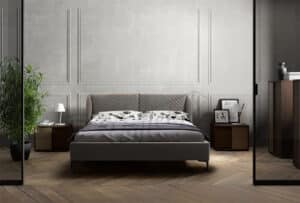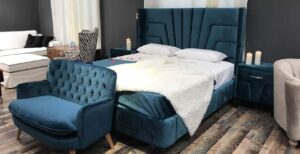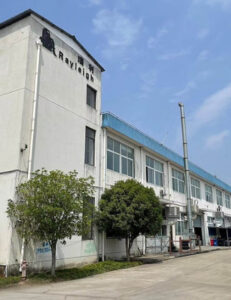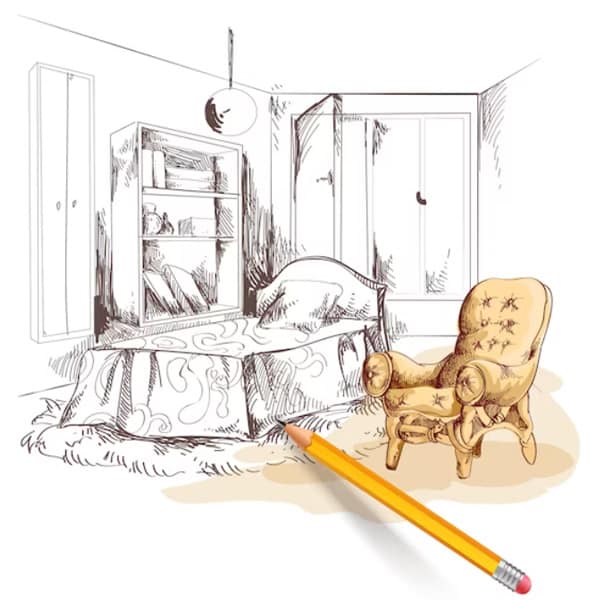Evaluating the production process of a sofa factory is crucial for ensuring high product quality, efficient production, and competitiveness in the market. Here’s a comprehensive guide on how to meticulously assess the production process of a sofa factory:
I. Raw Material Procurement and Management
Supplier Evaluation:
- Review the list of raw material suppliers.
- Assess the suppliers’ credibility, scale, and industry reputation.
- Evaluate their quality control systems and reliability in providing standard-compliant materials.
Purchasing Plan:
- Check if the procurement planning is scientifically based on production needs and inventory status.
- Assess the flexibility of the purchasing plan to handle market changes and unexpected situations.
Raw Material Inspection:
- Examine the factory’s standards and procedures for raw material inspection, covering appearance, size, and performance.
- Review the inspection equipment and staffing for accuracy and reliability.
Inventory Management:
- Evaluate the raw material warehouse layout and management style, ensuring clear categorization and labeling.
- Assess the inventory turnover rate to avoid backlogs or shortages affecting production.
II. Design and Development
Design Team:
- Understand the composition and background of the design team.
- Evaluate their innovation capabilities in introducing new styles to meet market demands.
Design Process:
- Assess the clarity and efficiency of the process from conceptual design to detailed drawings.
- Observe the communication and collaboration between design and production departments.
Sample Making:
- Inspect the equipment and process for sample making to reflect the design intent accurately.
- Review the sample testing and improvement processes considering user experience and quality requirements.
III. Trimming and Cutting
Cutting Equipment:
- Check the precision and efficiency of cutting equipment like laser cutting machines and CNC machines.
- Understand the maintenance practices to ensure long-term stable operation.
Nesting Optimization:
- Observe how materials are nested to minimize waste.
- Assess the use of advanced nesting software for improving material utilization.
Cutting Quality:
- Sample check the cut parts for dimensional accuracy, edge flatness, and cut quality.
- Review the control standards and error-handling methods in cutting.
IV. Sewing and Stitching
Sewing Equipment:
- Inspect the sewing equipment’s brand, model, and suitability for production demands.
- Check the equipment’s debugging and maintenance for consistent sewing quality.
Sewing Techniques:
- Evaluate workers’ sewing skills, including stitch length and aesthetics.
- Observe the process at patchworks and corners for flatness and smoothness.
Quality Inspection:
- Review the furniture factory‘s inspection standards and procedures for sewing quality.
- Check the measures for repairing and handling non-conforming products.
V. Frame Production
Frame Material:
- Verify the quality and specifications of wood or metal materials used.
- Confirm proper drying, anti-insect, and anti-corrosion treatments.
Frame Assembly:
- Observe the craftsmanship of frame assembly, ensuring precise construction and firm joints.
- Assess the quality control in the assembly process for dimensional and structural checks.
Reinforcement:
- Investigate the reinforcement methods for critical areas like armrests and backrests.
- Check for pre-compression treatment to prevent deformation.
VI. Filling and Upholstery
Filling Material Selection:
- Check the quality and density of filling materials like sponge, down, and springs.
- Review the upholstery material suppliers and quality test reports.
Filling Process:
- Observe the even distribution and fullness during the filling process.
- Assess the filling volume and hardness control for ergonomic comfort.
Upholstery Quality:
- Inspect the fit and flatness of fabric or leather upholstery.
- Check the finishing process for closures and edging for fineness and aesthetics.
VII. Assembly and Integration
Assembly Process:
- Understand the standardised operation process for assembly.
- Observe the use of tools and equipment for efficiency.
Matching of Parts:
- Check the size, shape, and interface matching of components during assembly.
- Evaluate the overall appearance and structural stability post-assembly.
Detailed Finishing:
- Pay attention to the fine detailing, such as foot installation and decorative part fixing.
- Ensure final cleaning and finishing work is carried out.
VIII. Quality Control and Inspection
Inspection Link Setting:
- Review the inspection points during production, including raw material, process, and finished product inspections.
- Assess the qualification and experience of inspectors.
Inspection Standards:
- Check the detailed quality inspection standards covering appearance, size, performance, and durability.
- Confirm compliance with relevant regulations and standards.
Inspection Equipment and Methods:
- Examine the testing equipment like pressure and wear testing machines.
- Verify the scientific and accurate testing methods, and regular calibration and validation.
Quality Problem Handling:
- Understand the handling process and traceability mechanism for quality issues.
- Evaluate continuous improvement measures based on quality data analysis.
IX. Production Scheduling and Management
Production Planning:
- Check if the production plan is reasonably arranged according to order priority, delivery date, and capacity.
- Evaluate the visualization and update frequency of the production plan.
Progress Tracking:
- Review how the sofa factory tracks production progress using information technology systems.
- Observe the early warning and handling mechanism for delays.
Resource Allocation:
- Examine the allocation of resources like manpower, equipment, and raw materials.
- Evaluate strategies for resource allocation during peak and low seasons.
Teamwork:
- Observe the communication and cooperation between production departments.
- Review team-building and incentive measures to improve staff collaboration.
X. Environmental Protection and Production Safety
Environmental Protection Measures:
- Check the sofa factory’s facilities and measures for waste treatment.
- Review the use of environmentally friendly materials and processes.
Safe Production:
- Examine the production safety system and training programs.
- Check safety equipment and warning signs for employee protection.
By thoroughly assessing these aspects, you can gain a detailed understanding of the sofa factory’s production capacity, quality level, and management efficiency. This evaluation provides a strong basis for purchasing decisions, cooperation negotiations, or production improvements, helping to choose a quality partner or enhance your own الشركة المصنعة للأريكة‘s competitiveness. Regular follow-up and review of assessment results ensure continuous improvement and optimization of the production process.
